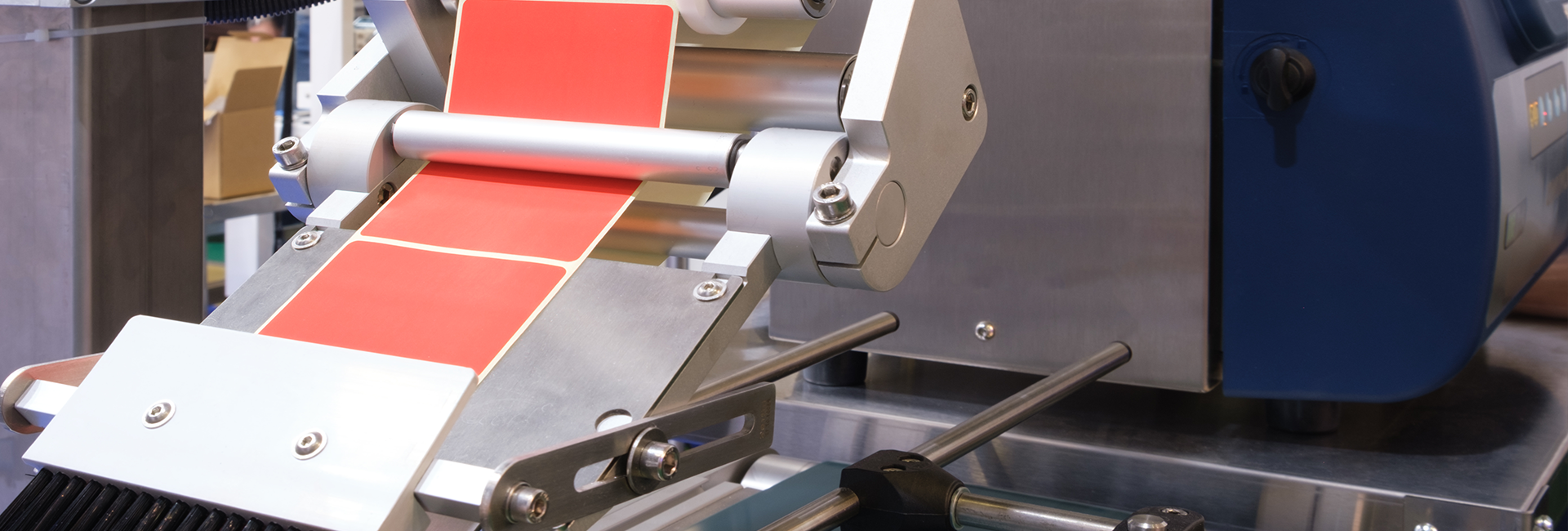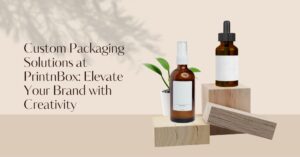
The ability to tailor a message and make it stick—literally—is an attractive proposition for businesses today. From product packaging to advertising, the applications for decals are as vast as they are varied. When it comes to multi-purpose custom decals, there are strategies that industry professionals use to maximize versatility and effectiveness. This blog aims to unveil those strategies, with a particular focus on custom decals in Canada.
Understanding the Needs: Target Audience and Applications
Knowing your target audience and the purpose of your decals is essential for their success. Are these decals designed as product labels in Toronto for a local clientele? Or are you aiming for a larger scope, like a nationwide promotional campaign?
- Clarify your target audience: Whether they’re consumers in Toronto or beyond, identifying your market can guide your design and material decisions.
- Define the decal’s role: Understanding whether your decals will serve as product labels in Toronto or have another purpose, like warning labels or promotions, can significantly impact their design and effectiveness.
By honing in on your target audience and the decal’s specific applications, you’re well on your way to creating a versatile and effective product.
Material Matters: Choosing the Right Substrate
Selecting the appropriate material for your custom decals significantly affects their durability, appearance, and functionality. Vinyl, for example, is a popular choice for outdoor applications due to its durability and weather-resistant properties. On the other hand, paper-based decals offer an economical option but tend to lack the longevity that other materials provide.
If your decals are serving as product labels in Toronto’s varying climate, you might also consider laminated options for extra protection against the elements. Alternatively, polyester-based decals offer high tensile strength and are resistant to moisture, making them another excellent choice for specific industrial applications.
In summary, the material you choose should align with your target audience and the intended application of the decal, whether it’s for long-term outdoor use, product labeling, or short-term promotional activities.
Design Essentials: Color, Typography, and Graphics
You may be asking, “What is a custom sticker label?” Essentially, it’s a specialized form of decal designed to convey a specific message or branding. The effectiveness of a custom sticker label is not just about the message it carries, but also how that message is presented. Key design elements play a crucial role here:
- Branding Consistency: When designing custom sticker labels, the colors should align with your overall brand image, providing a unified customer experience.
- Readability: Choose typography that is legible from a distance, ensuring your message has maximum impact.
In essence, a custom sticker label gains its effectiveness from a cohesive color scheme and clear typography, making these elements the backbone of successful decal design.
The Role of Printing Technologies: Screen vs. Digital
Printing technology is integral to how your decal turns out, both in terms of quality and efficiency. Different methods have their unique advantages and drawbacks:
- Volume Considerations: For bulk orders, screen printing is often more cost-effective and offers vibrant, lasting colors.
- Speed vs. Quality: Digital printing provides quicker turnaround times but might not offer the same color depth as screen printing.
Understanding these factors will help you make an informed decision that balances both cost and quality.
Testing and Quality Assurance: Ensuring Versatility and Durability
Quality assurance isn’t just a checkbox; it’s a crucial phase to ensure your decal meets all expectations. If you’re focusing on product labels in Toronto, where varying weather conditions are given, here’s what to consider:
- Stress Tests: Assess the decal’s resilience to weather, chemicals, and physical abrasion.
- Environmental Factors: Test how your decal performs under extreme temperatures or humidity.
A rigorous approach to testing can ensure your decals meet industry standards and customer expectations.
Cost-Efficiency Strategies: Bulk Orders and Material Choices
Smart budgeting can make or break your decal project. Cost efficiency doesn’t mean cutting corners; it means making well-informed choices:
- Bulk Benefits: Consider your long-term needs and whether buying in bulk will offer cost savings.
- Material Costs: Different substrates come at varying price points; choose one that aligns with your budget and quality requirements.
By optimizing both order volume and material selection, you can achieve a balance between cost and quality, ensuring a successful project.
Conclusion
Custom decals are an effective way to convey your message in a variety of applications. From choosing the right substrate to understanding the different printing technologies available, there’s a lot to consider. Remember, what you need is a versatile, durable, and cost-effective solution that aligns with your branding and market needs. For a hassle-free and quality-focused approach to custom decals and labels, look no further than Identifab Industries. Reach out to us today for your custom decal solutions!
